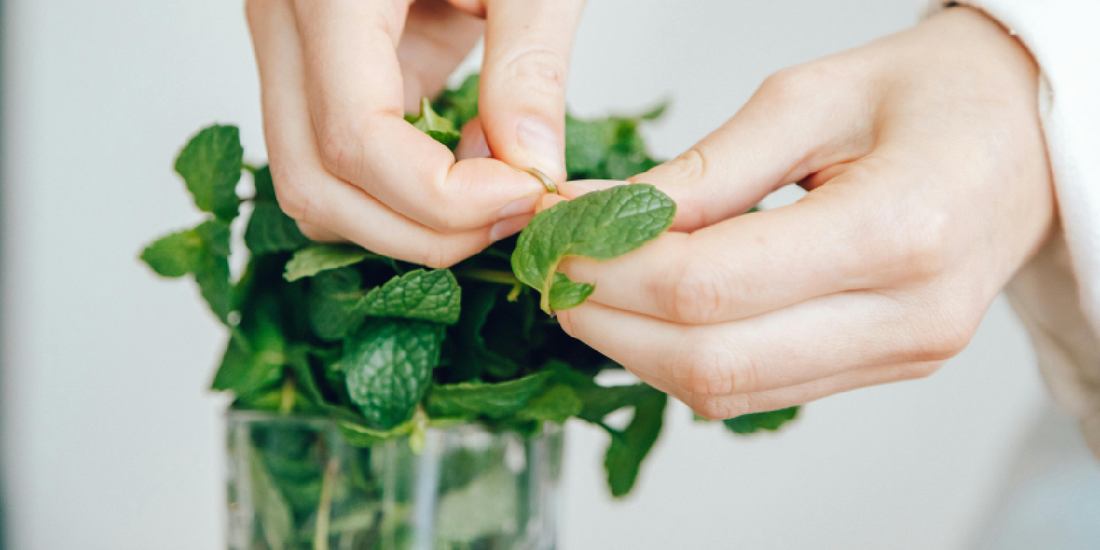
Growing Aloe Vera Indoors with LED Grow Lights
Share
Indoor gardening has never been more popular, and among the many plants people bring into their homes, aloe vera is consistently one of the favorites. Known for its soothing gel, air-purifying qualities, and minimal care requirements, aloe vera makes an excellent choice for both beginners and seasoned plant enthusiasts. However, when grown indoors, this desert succulent needs a little help to thrive—especially in homes or apartments where natural sunlight is limited.
That’s where LED grow lights and modern plant stands like the amoyls VerdantGlow S-Shaped 8-Tier Plant Shelf with Grow Lights come into play. This combination not only ensures your aloe vera receives the light it requires but also transforms plant care into a seamless part of your living space. In this comprehensive guide, we’ll cover everything you need to know about successfully growing aloe vera indoors with LED grow lights, from light intensity to watering schedules, soil mix, and long-term maintenance.
Why Aloe Vera is a Perfect Indoor Plant
Aloe vera has a long history of use in medicine, beauty, and household care. Beyond its healing gel, it offers several practical and aesthetic benefits for indoor environments:
- Low maintenance: Aloe vera thrives on neglect, requiring infrequent watering compared to most houseplants.
- Compact size: It can grow in small pots, making it suitable for apartments and tight spaces.
- Air purification: Aloe vera contributes to improved indoor air quality by absorbing pollutants.
- Decorative value: With its striking, fleshy green leaves, aloe vera enhances modern and minimalist interiors.
Despite these strengths, aloe vera still needs sufficient light—around 6 to 8 hours daily—to maintain healthy growth. In homes where natural sunlight doesn’t meet this requirement, LED grow lights become essential.
Understanding Aloe Vera’s Light Needs
Aloe vera is native to hot, dry climates where it grows under full sun. Indoors, the challenge is replicating these bright conditions. Without adequate light, aloe vera may suffer from:
- Leggy growth: Stretched, weak leaves that flop over.
- Faded color: Leaves losing their vibrant green and turning pale.
- Slow recovery: Reduced healing gel production and overall plant vigor.
The Role of LED Grow Lights
LED grow lights are designed to mimic the natural spectrum of sunlight, providing plants with the energy they need for photosynthesis. They are energy-efficient, generate minimal heat, and can be tailored to specific wavelengths (blue and red light) to optimize plant growth.
For aloe vera, full-spectrum LED lights are ideal. These deliver a balanced range of light, supporting both leaf development and overall plant health. When combined with an efficient plant stand like the amoyls VerdantGlow S-Shaped 8-Tier Shelf, you can position your aloe vera at the optimal distance from the light source for steady growth.
Choosing the Right Setup: Plant Stand + Grow Light
Benefits of a Dedicated Plant Shelf
Investing in a purpose-built plant stand with integrated LED grow lights simplifies the process of indoor gardening. The amoyls VerdantGlow S-Shaped 8-Tier Plant Shelf with Grow Lights is specifically designed for:
- Vertical gardening: Maximizing space while accommodating multiple plants, including aloe vera.
- Even light distribution: Each tier includes integrated grow lights positioned to cover the plants evenly.
- Stylish design: Its modern S-shaped structure complements contemporary interiors, making it more than just functional—it’s decorative.
- Convenient management: With multiple shelves, you can grow aloe vera alongside other succulents or herbs without overcrowding.
Step-by-Step Guide to Growing Aloe Vera Indoors
1. Selecting the Right Container
- Choose a well-draining pot, preferably with drainage holes. Terracotta pots are ideal since they allow the soil to dry out faster.
- Avoid pots that are too large; aloe vera prefers being slightly root-bound.
2. Preparing the Soil
Aloe vera requires a soil mix that mimics desert conditions. Opt for:
- Cactus or succulent mix (commercially available).
- DIY mix: Combine two parts potting soil, one part coarse sand, and one part perlite.
This ensures water drains quickly, preventing root rot.
3. Positioning Under LED Grow Lights
- Place the aloe vera about 12–18 inches away from the LED grow light.
- Keep the light on for 12–14 hours daily, ideally using a timer to automate the schedule.
- Rotate the pot weekly to ensure even light exposure.
4. Watering Schedule
Aloe vera stores water in its leaves, so overwatering is a common mistake. Follow these tips:
- Water deeply but infrequently.
- Wait until the top 2–3 inches of soil are completely dry before watering again.
- In winter, reduce watering frequency as growth slows down.
5. Temperature and Humidity
- Aloe vera thrives in temperatures between 55°F and 80°F (13°C–27°C).
- Keep it away from cold drafts or heaters.
- Normal household humidity is sufficient—avoid overly humid environments.
Common Problems and Solutions
Problem 1: Yellowing Leaves
Cause: Overwatering or poor drainage.
Solution: Allow soil to dry completely and ensure the pot has drainage holes.
Problem 2: Brown Tips
Cause: Low humidity or excessive direct heat from light.
Solution: Adjust the light distance and avoid positioning too close to heaters.
Problem 3: Leggy Growth
Cause: Insufficient light.
Solution: Increase LED grow light exposure or reposition closer to the source.
Pairing Aloe Vera with Other Indoor Plants
One of the advantages of using a multi-tier plant stand is the ability to grow aloe vera alongside other species. The VerdantGlow S-Shaped Shelf supports a variety of indoor plants, including:
- Succulents: Echeveria, haworthia, jade plant.
- Herbs: Basil, thyme, mint.
- Ornamental plants: Snake plant, pothos, ferns.
By mixing aloe vera with complementary plants, you create a lush, space-saving indoor garden that enhances both health and aesthetics.
Long-Term Care Tips
- Repotting: Aloe vera should be repotted every 2–3 years to refresh the soil and allow space for growth.
- Fertilizing: Apply a diluted succulent fertilizer once in spring and once in summer. Avoid over-fertilizing.
- Harvesting gel: Cut mature outer leaves with a clean knife. Use the gel immediately for skincare or household remedies.
- Pest control: Aloe vera is generally pest-resistant, but watch for mealybugs or aphids. Wipe leaves with diluted rubbing alcohol if needed.
Why Choose amoyls VerdantGlow for Aloe Vera?
The amoyls VerdantGlow S-Shaped 8-Tier Plant Shelf with Grow Lights is more than just a plant stand. It is a complete indoor gardening system designed with modern plant parents in mind. For aloe vera enthusiasts, its benefits include:
- Ensuring consistent LED light for year-round growth.
- Offering ample space for multiple plants and arrangements.
- Combining functionality with aesthetic appeal.
- Providing an organized solution for small apartments or studios.
By integrating this system into your home, you eliminate the guesswork and create an environment where aloe vera can thrive just as it would in its natural desert habitat.
Final Thoughts
Growing aloe vera indoors with LED grow lights is both practical and rewarding. With the right setup—particularly a dedicated solution like the amoyls VerdantGlow S-Shaped 8-Tier Plant Shelf with Grow Lights—you can enjoy the health benefits, beauty, and sustainability of aloe vera year-round. Whether you’re a beginner looking for your first houseplant or a seasoned indoor gardener expanding your collection, aloe vera is an excellent choice that will flourish with proper light, soil, and care.
Indoor gardening is not just about keeping plants alive—it’s about creating a green sanctuary that supports your lifestyle. By giving aloe vera the right environment, you’re investing in a living companion that enhances both your home and your well-being.
